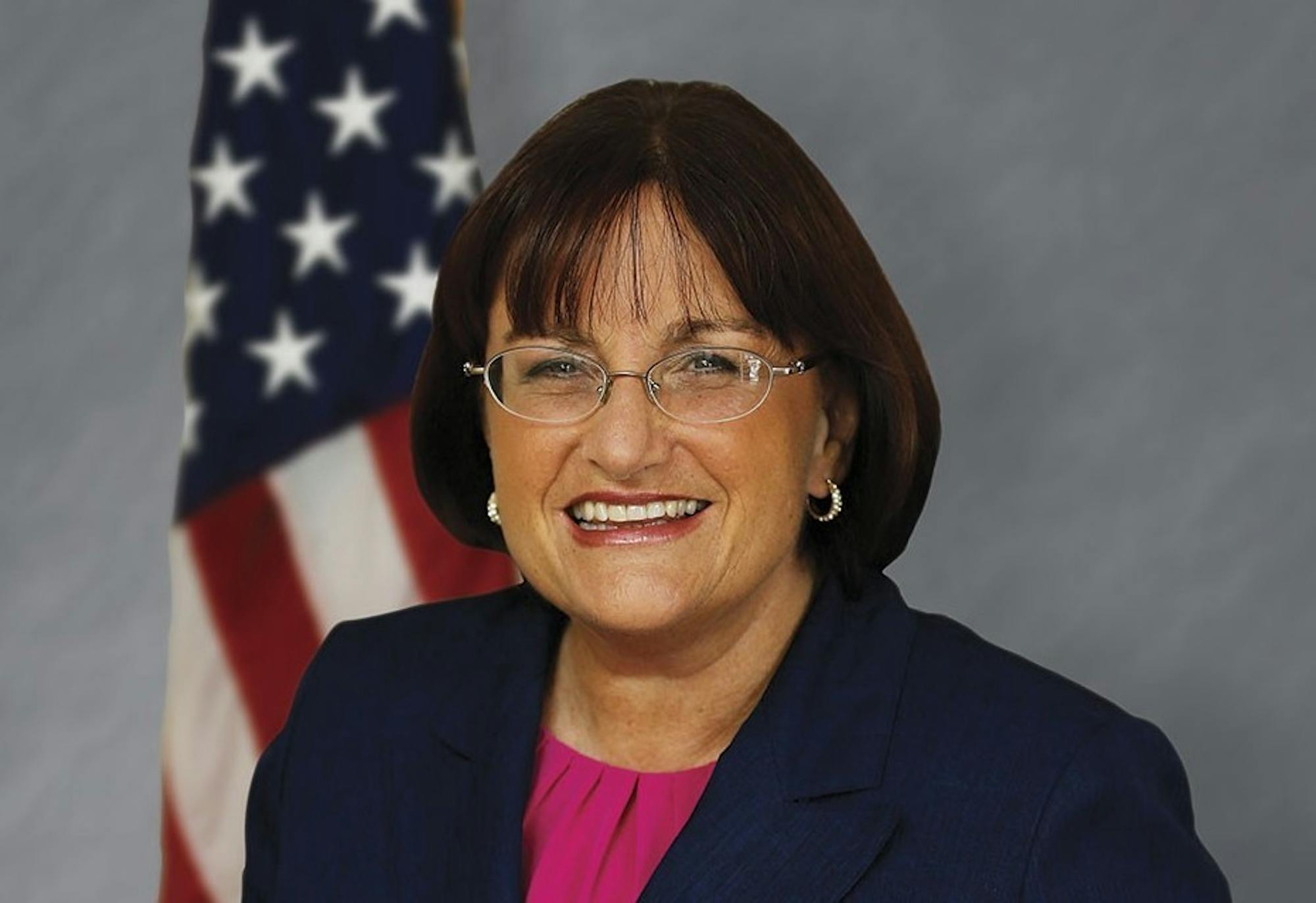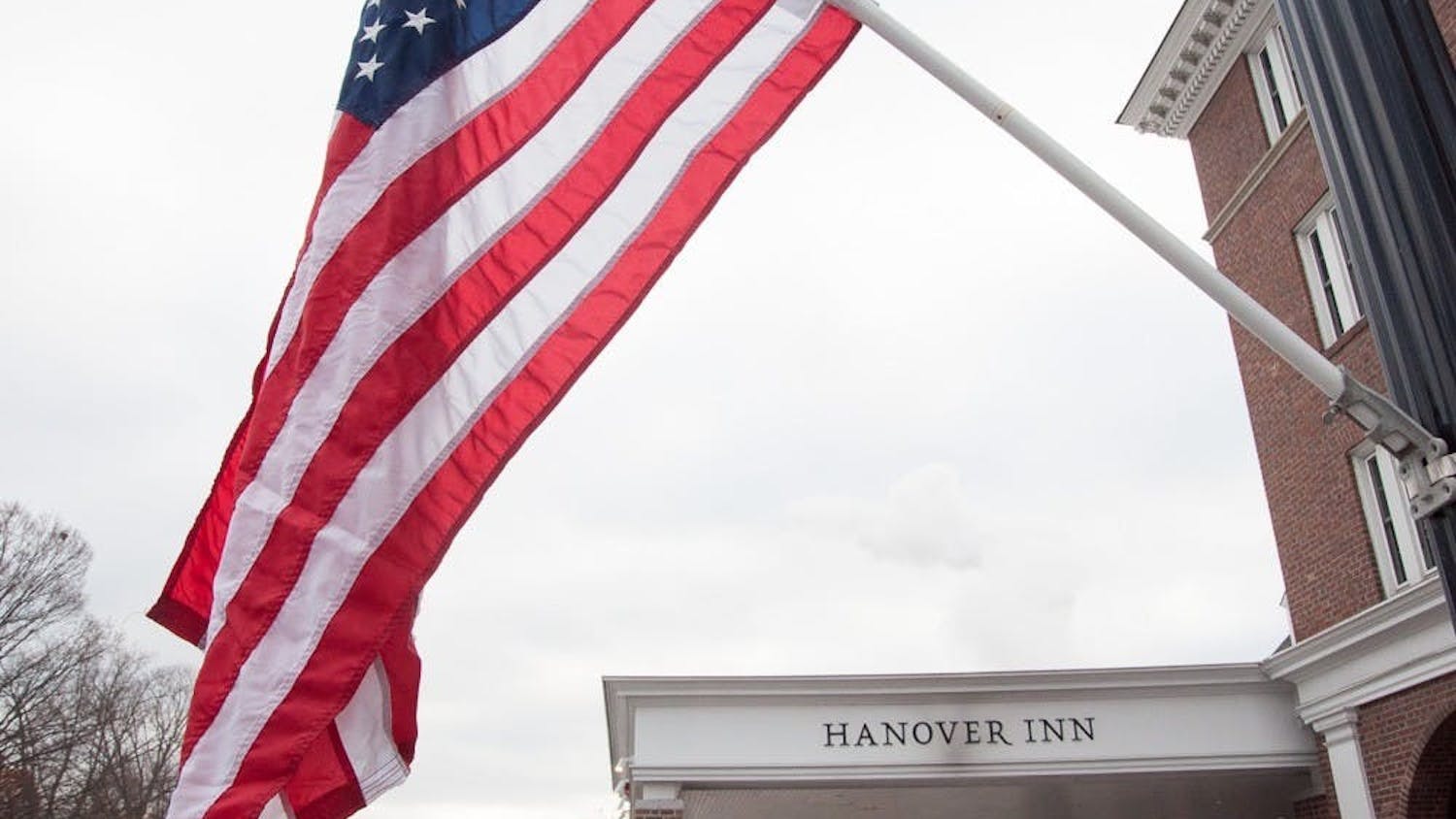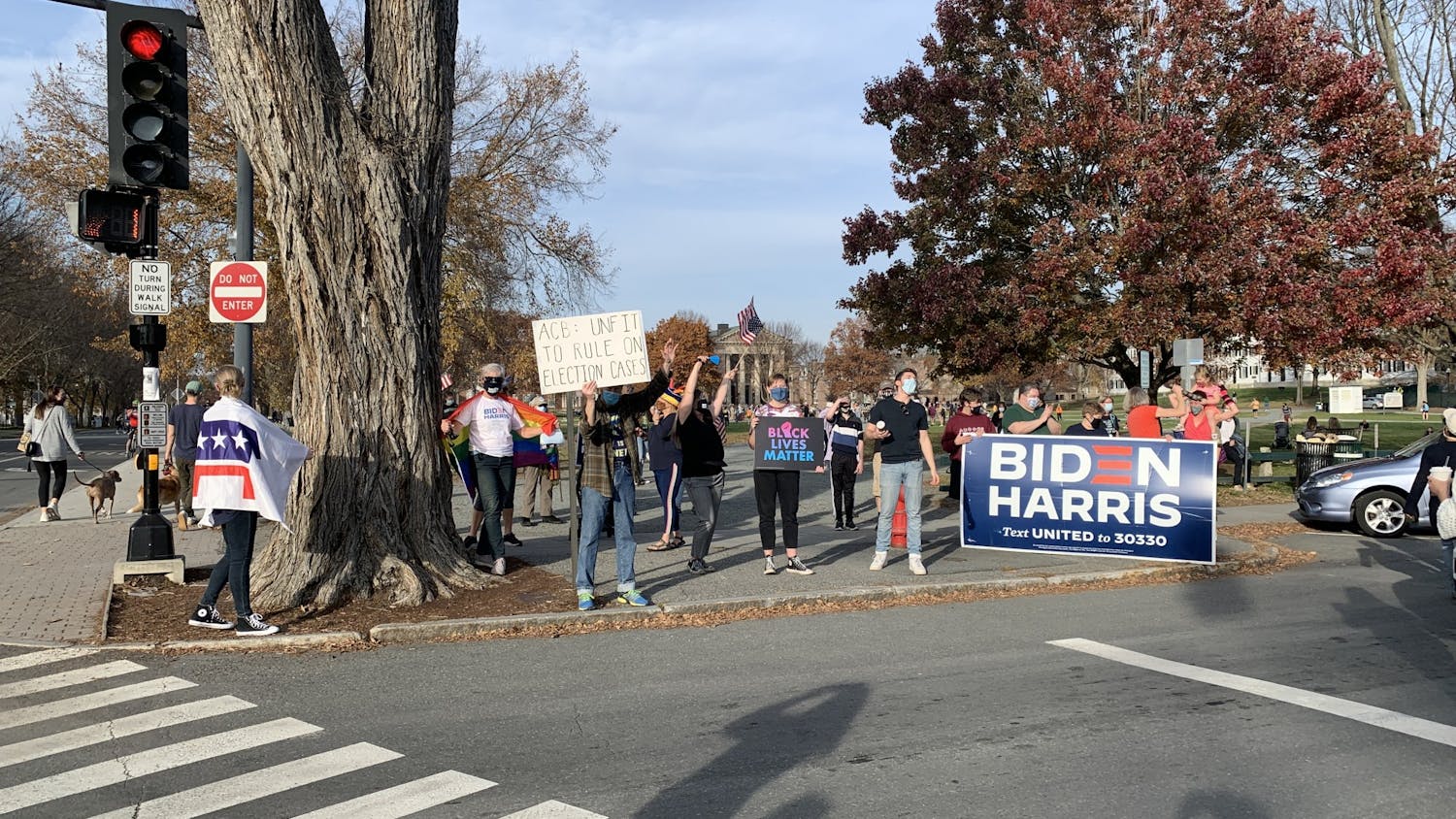The storming of the U.S. Capitol on Jan. 6 by a mob attempting to overturn the results of the 2020 election shocked the world, led to the deaths of five people and threatened the safety of legislators, staff, reporters and Capitol security personnel.
Since then, the House impeached former President Donald Trump for inciting the insurrection, leading to a Senate trial that will overlap with the early days of President Joe Biden’s tenure. Rep. Ann McLane Kuster ’78, D-N.H., whose district contains Hanover and the Upper Valley, was in the House chamber when the Capitol was breached. Kuster spoke with The Dartmouth on Jan. 15 about her experience during the attack, why she voted to impeach Trump a second time and what she sees as the lasting ramifications of these events.
Where were you on Jan. 6 when the Capitol was stormed, and what was that time period like for you?
AK: It all started out very, very peacefully. Vice President Mike Pence was in the chair, he was presiding, and Speaker Nancy Pelosi was on the dais with him. And we just started through the process alphabetically going through the states, Alabama, Alaska. We got to Arizona, and we knew there was going to be an objection. Sen. Ted Cruz, R-Texas, made the objection, and we started the debate over the election results from Arizona. And you know, it was sort of droning on, but I remember very clearly Vice President Pence, his voice being very calming. I thought: “There's an end in sight to the Trump administration, and then we would resume normalcy,” — that was what was going through my head.
I don't have all the timeline down, but during the debate on Arizona I actually went to the ladies’ room and had a conversation with some journalists about how the crowd was really building outside. Shortly after I got back to my seat, we were locked down in the balcony in the gallery. The Capitol police locked the doors so that there was no ingress or egress from the balcony at that point. Then, we heard that Vice President Pence had been pulled from the Senate chamber. Immediately after that, Speaker Pelosi was pulled from our chamber by her security detail.
So we knew that there was something very serious that was happening, but we couldn't see anything: There are no windows, so we didn't have any sense of the size of the mob, or the intensity of the mob and of the attack. Then, every couple of minutes, the Capitol police would announce new developments. They told us that the mob was coming, then they told us that the mob had breached the Capitol and then they told us that the mob was in the rotunda, which is not far from where we were. They told us that tear gas had been used — we didn't know if it was by the police or by the rioters — and that we would need to take the — they’re called hoods, it’s a gas mask — out from underneath the seats and be prepared to put that on.
And at that point, that was when it really became terrifying. There was pounding on the door below us. By then, all the people on the floor of the House had been evacuated. The police were yelling at us, “Get down, get down, get down.” So we were trying to hide below the railing of the balcony, and I was trying to get my colleagues to safety and out of the line of fire if the first people through the door had had semi-automatic weapons. That's what I was most focused on — I was terrified that we were all going to die in a mass casualty event.
How were you feeling at this moment?
AK: It turns out it's part of the process of dealing with the trauma to tell the story over and over. Although, I’m driving in the car with my husband, and I don’t think it’s easy for him to hear it over and over.
So anyway, we ducked behind the railing. And then, at that point, the police said “Go, go, go go.” And we had to run all the way across the balcony. We were able to exit the chamber and get across a short hallway to a bank of elevators, and that was another moment of terror, because I thought that the elevator doors might open — we could hear the crowd in the hall, we knew that something terrible was happening and I thought that either somebody might burst into the elevator or that they might shoot us in the elevator. And then we got to the level many levels below the Capitol and ran. I can't tell you where we ended up, but we ran down tunnels and hallways until we got to the secure undisclosed location where we were kept for the next five hours.
It was terrifying. And the group right behind me, it was even worse for them, because I got out of the chamber moments — not minutes, but seconds — before the shot rang out when that woman was killed, and my colleagues right behind me got pinned down there. Because, by then, the mob had made its way up to the third floor and was in the hallway, and they couldn't evacuate to those elevators, so they had to lock those doors.
What I've now realized, piecing together the timeline and seeing the video, was that it was a very, very close call. It could have been a mass casualty event, with anywhere from a dozen casualties up to 100 — if it had been five minutes earlier, there would have been 100 people on the floor of the House.
I know that you can’t talk much about the bunker, but what was it like being there after all of this happened?
AK: As soon as I got there, I was able to talk to my family, both my sons and my husband, and just reassure them that I was safe. They were terrified too; they were watching on television. And then, after those phone calls, I looked around and realized that I happened to be sitting at a table near a group of Republican members who were not wearing their masks. And I was so surprised by it that I turned to the member next to me and I said, “Oh, here, I have an extra mask, would you like a mask?” And he said to me, “No, I can't breathe,” which, you know, has its own implications.
So I went and got a Republican colleague to try to convince this group to wear masks. And then, you've probably seen the video of my colleague Rep. Lisa Blunt Rochester, D-Del., who was trying to offer masks to them — but they refused. So then I knew it wasn't going to be safe in this room. As a result of this exposure, at least four or five of my colleagues have gotten COVID, two of their spouses have gotten COVID. And as a result of my exposure, I wasn't able to go back to D.C. this week. I had to get tested and stay home. I actually didn't get the negative test until Wednesday night.
It's the threat from within and the threats from without — we had double jeopardy that day. And the hardest part to deal with is my colleagues. Some of them are at a minimum complicit, and some of them, I believe it will be shown and demonstrated that they were inciting the violence and in collusion with the criminal elements — the domestic terrorists that attacked the symbol of our democracy that day.
You believe that some of your Republican colleagues were in touch with or connected with the protests themselves?
AK: Absolutely. The protesters have said that themselves. They've named our colleagues, and we had colleagues that spoke at the rally where the president incited the violence, and their language incited violence. There are also reports. I think this needs further investigation, but a staffer of mine saw a member of Congress giving a tour of the Capitol the day before, on Jan. 5. She remarked on it, because, number one, they weren't wearing masks, but number two, there are no tours. There had been no tours of the Capitol since we've been locked down for COVID since March.
The president has now been impeached due to the attack on the Capitol. What was the thinking in the Democratic caucus before the impeachment vote?
AK: We did not believe that the country was safe with Donald Trump as president having just incited this violence and this attack on our democracy, and we felt that the country would be safer with Vice President Mike Pence at the helm.
So, our first preference was to have the president resign. The second strategy was to urge the vice president to invoke the 25th Amendment, so that was the vote that we took on Tuesday night, and we gave him 24 hours to take that action. We knew that that had been under discussion by members of the cabinet, and we had hoped that that would happen. When that did not happen, and the vice president declined to take that step, impeachment was the next step that we had. We don't have perfect tools for this situation, but fortunately, the founders and the drafters of the Constitution did have an ultimate penalty for when the president of the United States is not acting in a way that protects the American people and protects our democracy.
A common Republican critique of the impeachment proceeding thus far is that it is divisive and that we need to be bringing the country together, not taking actions that would be divisive at this time. What do you make of that?
AK: I would be very skeptical of the people suggesting that to you. I think that 10 Republicans voted with us. There's another at least a dozen or so that were prepared to move forward with censure. And there are dozens more that are more than willing to say this was a domestic terrorist attack against our democracy, and there has to be consequences. We will find plenty of common ground to work with rational people. I work with Republicans all the time, on numerous issues. I've been in touch with Republicans all week. There will be plenty of common ground, but not with people who want to overthrow our government.
Do you think that impeachment will overshadow some of the first hundred days of the Biden administration as he tries to pass legislation like COVID-19 relief? What do you think the legislative process will look like?
AK: As Vice President Kamala Harris said: multitasking. What they're going to do is bifurcate the trial — by the way, they don't have to start now. One of the options that's under consideration is to wait 100 days and roll out the whole agenda, so I don't think this decision has been made yet.
But people can manage multiple lines, and we have critically important work. I'm on the House health subcommittee working on the vaccine production and distribution and administering the vaccine, and we're taking over from a total fiasco by the Trump administration. We will be laser-focused working with President Biden and Vice President Harris on constructing a plan, funding the plan and making sure that, if we have to use the Defense Production Act, that we have sufficient quantities of vaccine and that those quantities get distributed and administered into the arms of 300 million Americans as soon as possible.
You said that you have been talking through the story of what happened as part of the healing process. How is that going, and how are you feeling now?
AK: Much better. But I'm learning a lot about the impact of trauma and working with my colleagues, trying to support them and support each other so that we can do the important business of the country.
This interview has been edited and condensed for clarity and length.




